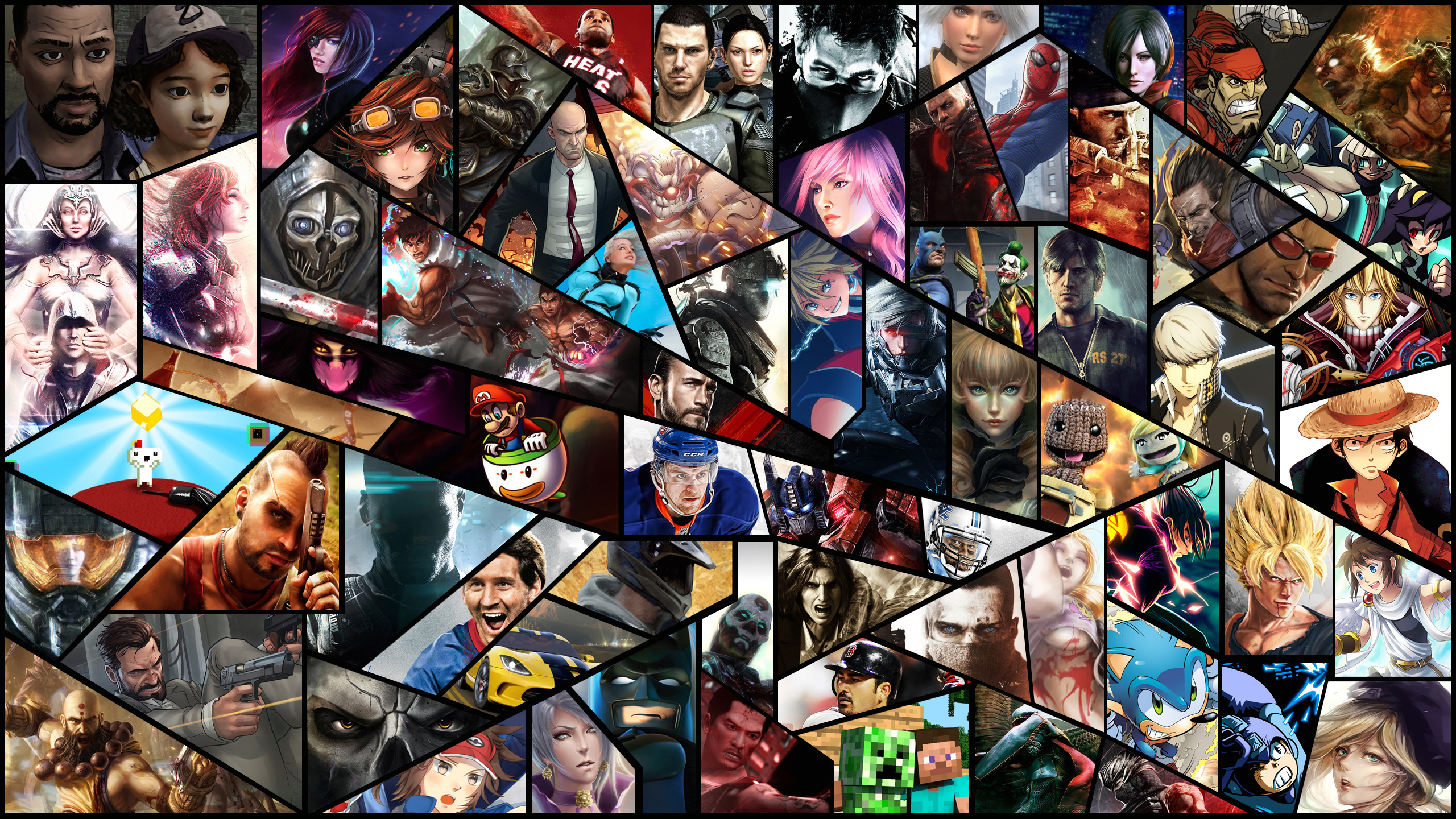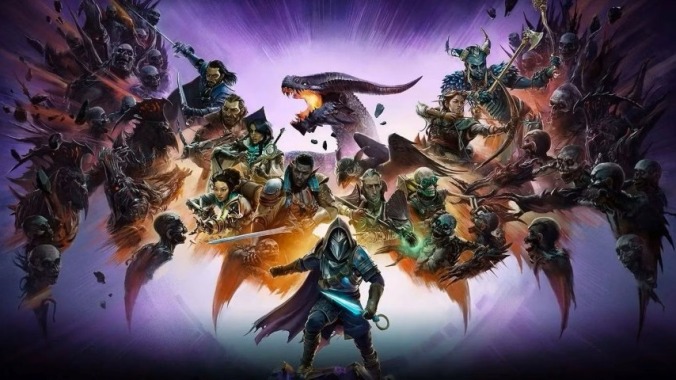History of Video Games
The history of video games spans decades, beginning in the 1950s with simple computer experiments like Tennis for Two and evolving into a global entertainment powerhouse. From the rise of arcade classics like Pong and Pac-Man in the 1970s to the advent of home consoles with the Atari 2600 and NES, gaming has continually pushed technological and creative boundaries. The 3D revolution of the 1990s, coupled with the emergence of online multiplayer and mobile gaming in the 2000s, transformed how we play and connect. Today, video games blend cutting-edge technology with rich storytelling, reflecting their journey from humble origins to a dominant cultural force.

The history of video games is a rich and fascinating story of innovation, creativity, and cultural impact. It began in the 1950s and 1960s when computer scientists created simple games like Tennis for Two and Spacewar! as experiments or technological demonstrations. These early games were rudimentary but laid the foundation for a new form of entertainment that would soon captivate the world. The 1970s marked the birth of the video game industry with the rise of arcade gaming. Atari’s Pong (1972), one of the first commercially successful video games, popularized the medium and turned gaming into a social experience. Arcades became cultural hubs, where people of all ages gathered to play games like Space Invaders (1978) and Asteroids (1979), which introduced concepts like high scores and competitive gameplay. This era also saw the emergence of the first home gaming consoles, such as the Magnavox Odyssey and the Atari 2600, which brought the excitement of video games into living rooms. In the 1980s, the video game industry exploded in popularity with the release of classic titles like Pac-Man (1980), Donkey Kong (1981), and Tetris (1984). These games captured imaginations with their innovative mechanics and iconic characters. However, the industry faced a significant setback during the video game crash of 1983, caused by market oversaturation and poor-quality games. The crash paved the way for Nintendo to revitalize gaming with the Nintendo Entertainment System (NES) and flagship titles like Super Mario Bros. (1985) and The Legend of Zelda (1986). These games introduced groundbreaking level design, narratives, and mechanics that shaped the future of gaming.

More intriguing information
The 1990s saw the transition from 2D to 3D gaming, a leap that transformed the medium. Consoles like the Sony PlayStation, Nintendo 64, and Sega Saturn introduced players to immersive 3D worlds with games like Final Fantasy VII (1997), Super Mario 64 (1996), and The Legend of Zelda: Ocarina of Time (1998). This decade also saw the rise of PC gaming, with titles like Doom (1993) and StarCraft (1998) revolutionizing first-person shooters and real-time strategy genres. Gaming became more cinematic and story-driven, appealing to a broader audience. The 2000s ushered in the era of online gaming and high-definition graphics. Consoles like the Xbox and PlayStation 2 introduced online multiplayer experiences, allowing players to connect and compete globally. Franchises like Halo and Call of Duty became cultural phenomena, while platforms like Steam made PC gaming more accessible. This period also saw the rise of mobile gaming, with simple yet addictive titles like Angry Birds and Candy Crush reaching millions of players.
In the 2010s, gaming continued to evolve with the introduction of virtual reality, esports, and live-streaming platforms like Twitch. Games like Minecraft and Fortnite transcended traditional gaming, becoming global cultural phenomena. Developers began focusing on inclusivity, storytelling, and player choice, leading to critically acclaimed games like The Last of Us and The Witcher 3. Indie games flourished during this time, with titles like Celeste and Hollow Knight proving that smaller studios could create masterpieces. Today, video games are a dominant force in entertainment, blending cutting-edge technology like ray tracing and AI-driven characters with immersive storytelling and innovative gameplay. Gaming has become a social, educational, and artistic medium, bringing people together across cultures and generations. From its humble beginnings as experiments on early computers to the expansive worlds of modern games, the history of video games is a testament to human creativity and technological progress.



